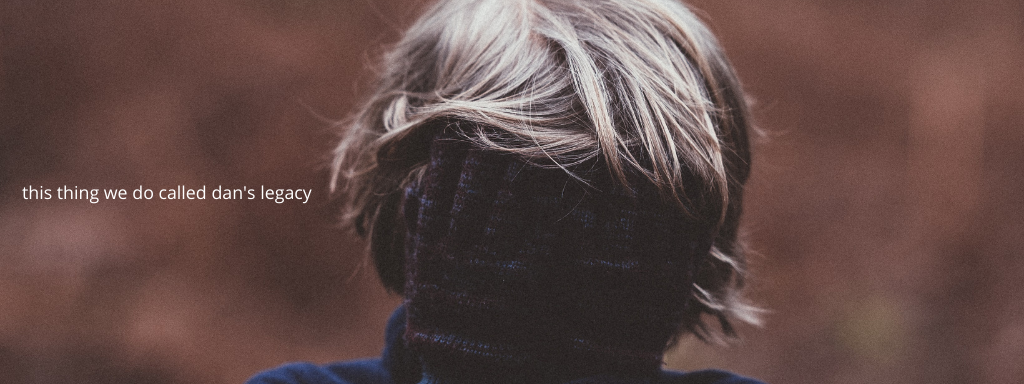Why do we do this? Because these kids, with leather and tattoos, pink and green hair and black painted nails, who sneer whenever an adult comes around, are just kids.
Young people who grew up in stable families are ready to engage in the world when they take their first steps at independence, but youth who grew up in foster care have an overwhelming need to distance themselves from society. Why is that?
Because these young people start out life in dysfunctional families with the effects of stress, drugs and alcohol already altering their developing brains and bodies in utero. Then they emerge into a world of hurt and stress to parents struggling with substance misuse, poverty, and violence. As the child’s world falls apart, and it is the only world they know, they enter into the care of the government.
Usually they start with what we would call a “pro” foster mom. Someone who specializes in putting structure into their young lives, but to the child it only reinforces their trauma. Then they go into the regular foster care system where there are some good, but also some very bad, players. Most of the foster parents have very little training or understanding of behaviour issues resulting from trauma.
None of the foster parents are prepared to put up with the acting out behaviour that has become the identity of the child. The child does this because they’re challenging the “system” to just love them – something they’ve been denied since birth.
They go from one serious incident to another and when the foster parents have had enough, the child finds their suitcase packed by the door and the social worker telling them, yet again, that they will need to find another home.
Some youth have had more than fifteen placements before they age out of the system at 19. Some have had over twenty. They stumble out of care at 19 with no further support even though most of the support to date has been traumatic.
After about a year, when they are desperate with anxiety and depression, crippled from the trauma that inflames their mental health issues as repressed memories begin to surface, they reach out and call Dan’s Legacy.
Within days they are referred to our outreach team and given an assessment. We ask: What do they need right now? Is it housing, food, a phone, a doctor or therapy?
They all need therapy but first they need to have their basic needs met, which is where our strategic partnerships with other community organizations who provide wrap-around services come into play.
Once they are stabilized with the basics such as housing and food, then the youth is introduced to trauma counselling with one of our therapists. The goal is to have them come regularly over sixteen weeks (four months). We start with the self- regulation work, and then follow with the trauma work.
Within this intervention the youth produce a five-year plan to get them from where they are to where they want to be. Throughout the entire counselling process the youth are also supported by our fitness program, Indigenous cultural workshops and food bank – services they can continue to access for as long as they need.
Mental health stability is one thing, but our goal is to also help these young people break the cycle of poverty and dependence upon the system. So we provide pathways that lead towards higher education, employment or obtaining a Persons with Disability status. Now that our Intro to Cook work-skills training program is finally starting in January we will be able to link clients with training that will get them out of the income assistance trap and into a decent job with a living wage.
These young people didn’t ask to be born into nineteen years of trauma, pain and confusion. They were not ready at age 19 for complete abandonment by the parent state. Just imagine your own children in that same situation and how they would fare if you then kicked them out at 19. You protected and carefully nurtured your children, gave them every advantage, and still you would be terrified to see them forced out at 19 and not be allowed to help them with the struggles you knew they were about to face.
Many studies show that when youth at risk first ask for help but don’t get it, the chances of becoming homeless and struggling with addiction doubles.
So that’s why we do this.
It’s smart to help when they ask for help.
It’s not only ethical but critical to have the help ready when they ask for it, because if they are put on a waiting list most of these youth won’t make it.
These kids are just kids who have survived abuse and neglect from some incredibly dysfunctional adults. These young people need to be rescued, not punished. They will do fine in life if they get the help they need when they ask for it.
Who else benefits? The community. Because when we intervene with Harm Prevention strategies and divert the youth from homelessness, addiction, gangs, crime, repeat visits to the hospital, overdose and suicide, we lessen the strain on those services and the overwhelming costs involved. And when we break the cycle of pain into another generation, we help the youth become stable, happy and contributing members of the community.
We know it works. That’s why we do it.
Tom Littlewood, Program Director
Photo by Annie Spratt on Unsplash

